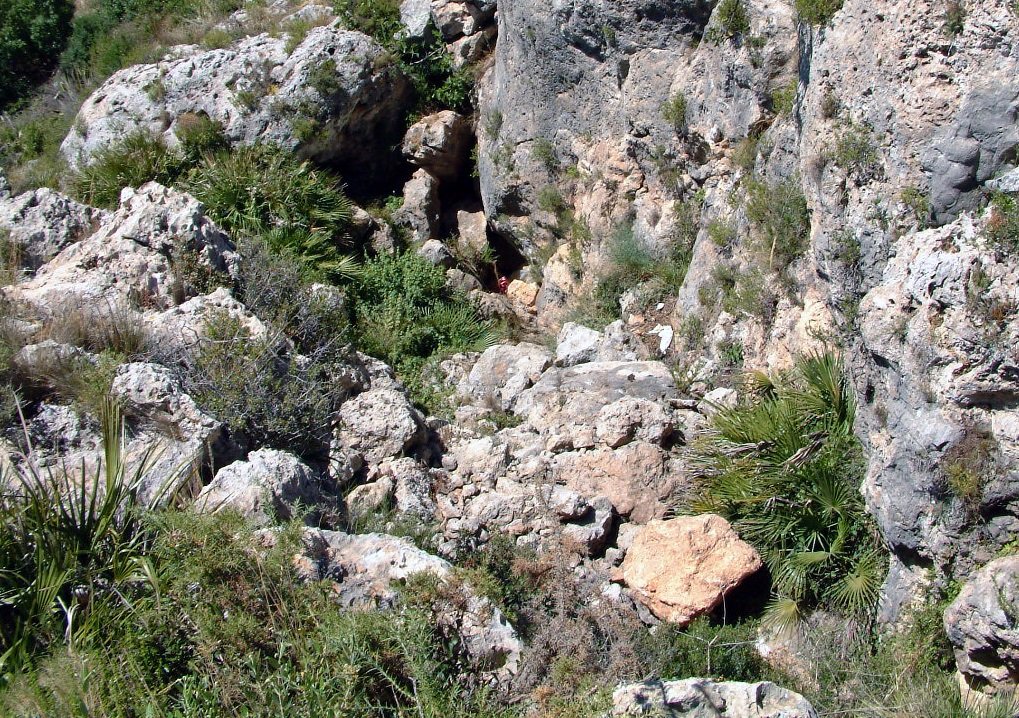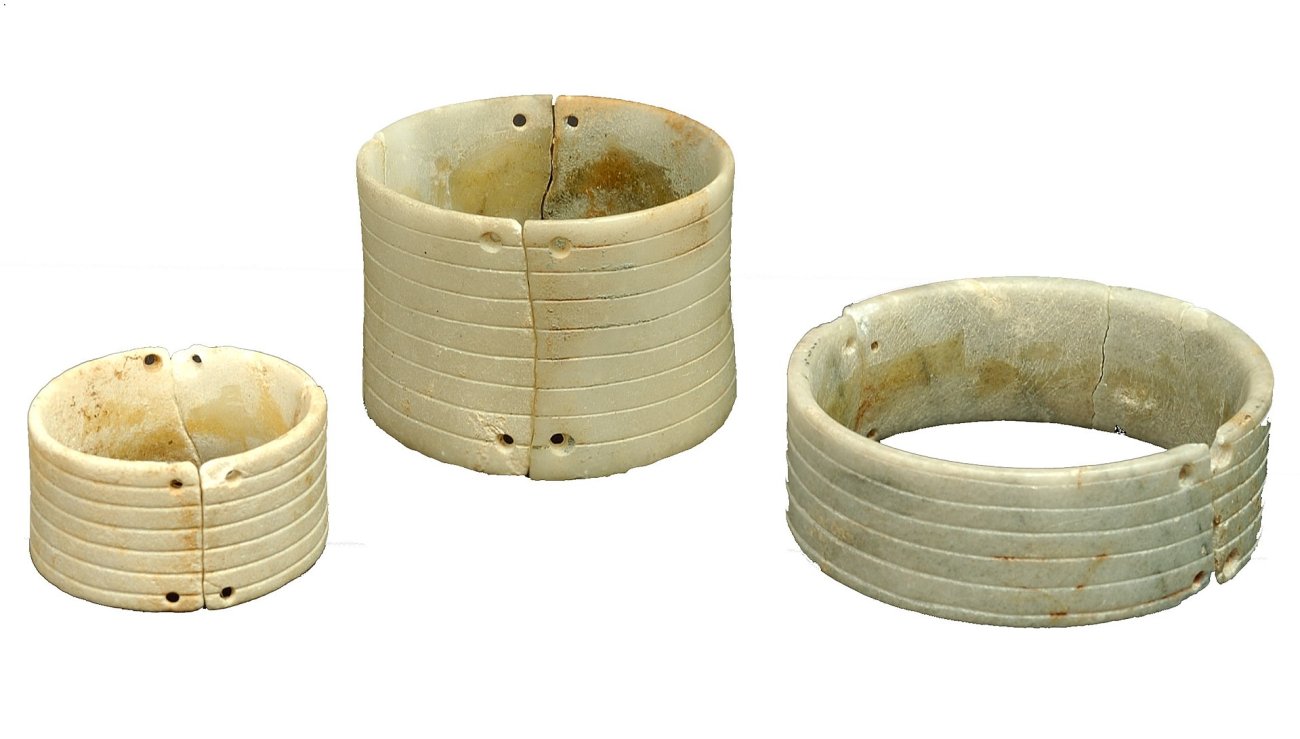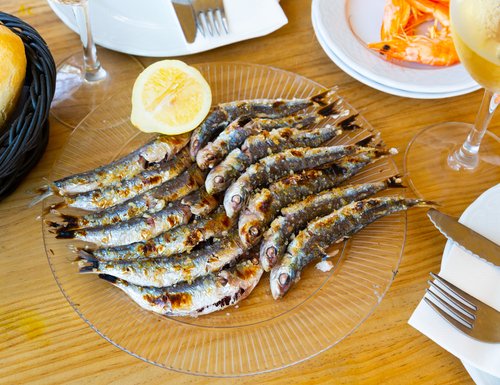Studies conducted by Soledad Navarrete in 1976 and Carmen Olaria a year later have shed light on these Neolithic sites. The Cueva de los Botijos, also known as "Cueva de los Cacharros," is located 230 meters above sea level and has a length of 312 meters. Its entrance is situated in a doline near the summit of the Serrezuela, featuring a winding path between blocks and fractures.
The discovery of materials in this cave has been abundant, especially in the "Sala de las Pulseras," where high-quality Neolithic ceramics have been found, including decorated vases and semi-spherical bowls. Distinctive features of the pieces found include handles with spouts, nipples, and ribbon handles, along with cord decorations, impressions, and incised motifs.
Lithic material is scarce compared to ceramics, but polished axes and adzes have been discovered, as well as triangular-section flint tools. A notable aspect includes marble bracelets, with various shapes and decorations, along with bone pendants, suggesting possible funerary use at the site.
These discoveries provide a unique insight into the Neolithic past of the region, offering clues about the cultural practices and daily life of prehistoric communities in Benalmádena. Ongoing research in the Cueva de los Botijos and other archaeological sites is essential to better understand our history and preserve our cultural heritage
























